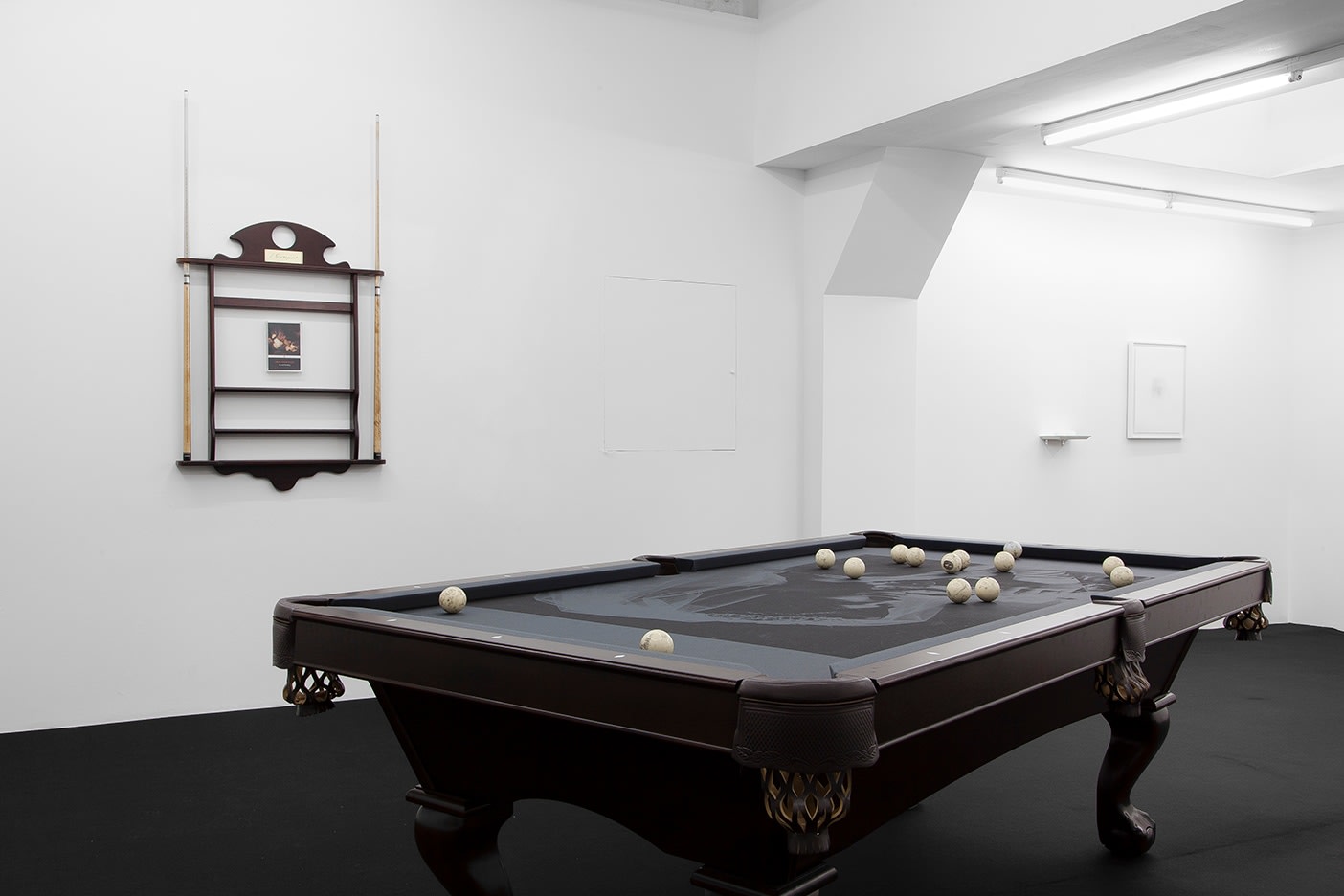
























Susan Robinson, 2018
Brunswick Table, Simonis cloth, graphite, resin and funerary ash
97 9/16 x 53 9/16 inches - 247.8 x 136 cm
Copyright The Artist
Further images
-
(View a larger image of thumbnail 1
)

-
(View a larger image of thumbnail 2
)

-
(View a larger image of thumbnail 3
)

-
(View a larger image of thumbnail 4
)

-
(View a larger image of thumbnail 5
)

-
(View a larger image of thumbnail 6
)

-
(View a larger image of thumbnail 7
)

-
(View a larger image of thumbnail 8
)

-
(View a larger image of thumbnail 9
)

-
(View a larger image of thumbnail 10
)

-
(View a larger image of thumbnail 11
)

-
(View a larger image of thumbnail 12
)

-
(View a larger image of thumbnail 13
)

-
(View a larger image of thumbnail 14
)

-
(View a larger image of thumbnail 15
)

-
(View a larger image of thumbnail 16
)

-
(View a larger image of thumbnail 17
)

-
(View a larger image of thumbnail 18
)

-
(View a larger image of thumbnail 19
)

-
(View a larger image of thumbnail 20
)

-
(View a larger image of thumbnail 21
)

-
(View a larger image of thumbnail 22
)

-
(View a larger image of thumbnail 23
)

-
(View a larger image of thumbnail 24
)

-
(View a larger image of thumbnail 25
)

On the pool table, mother becomes location, setting, place that supports the game/life to be played and lived. It’s the place of conflict and strategy, the place where things are...
On the pool table, mother becomes location, setting, place that supports the game/life to be played and lived. It’s the place of conflict and strategy, the place where things are determined, where the action starts and finishes, the victories, the losses, growing history of progress and failure and beauty and death. Only ashes and images and artifacts remain, the enigma of her, frozen in time for her son to dance/play/think/work around her stillness, her death and her memory as fact necessarily becomes fiction to endure an unknown future.
Here the artist offers tools for the game in the form of Kierkegaard’s fractured identities and approaches to existential problems. All the various positions, identities, approaches are mirrored in the game. It’s played both with the mind and the body. You need to control both, but allow for flashes of intuition, and decisiveness beyond thought. The balls/game are in constant flux, multiplicity, countless possibilities, uncertainty, but with each shot a single decisive choice is required. Choose! This is central to Kierkegaard, either/or, the kingdom of heaven whereas both/and is the road to hell, you have to choose for a life lived for it’s own pleasure, or towards an ethical end (duty/responsibility). Both are inadequate and fail to address the complexity of the individual. The third option is faith, and faith must be experienced not just intellectualized. That’s perhaps Kierkegaard’s whole point: play, live, risk something, do something, act in and on your life, realize it, see what happens when you do.
Here the artist offers tools for the game in the form of Kierkegaard’s fractured identities and approaches to existential problems. All the various positions, identities, approaches are mirrored in the game. It’s played both with the mind and the body. You need to control both, but allow for flashes of intuition, and decisiveness beyond thought. The balls/game are in constant flux, multiplicity, countless possibilities, uncertainty, but with each shot a single decisive choice is required. Choose! This is central to Kierkegaard, either/or, the kingdom of heaven whereas both/and is the road to hell, you have to choose for a life lived for it’s own pleasure, or towards an ethical end (duty/responsibility). Both are inadequate and fail to address the complexity of the individual. The third option is faith, and faith must be experienced not just intellectualized. That’s perhaps Kierkegaard’s whole point: play, live, risk something, do something, act in and on your life, realize it, see what happens when you do.